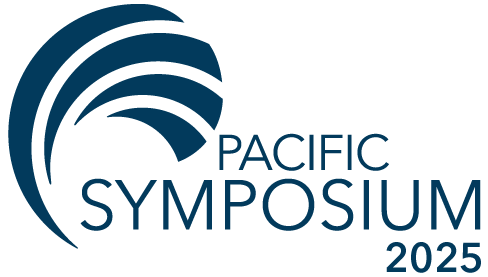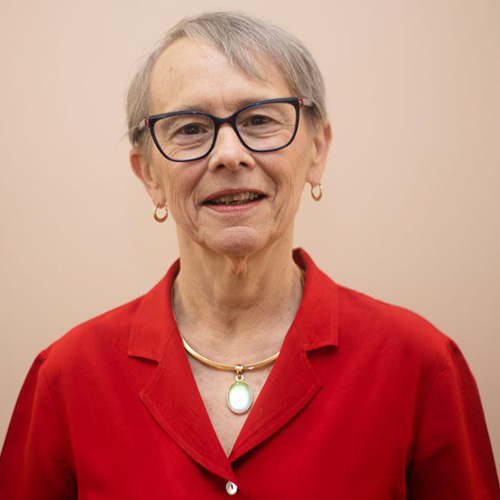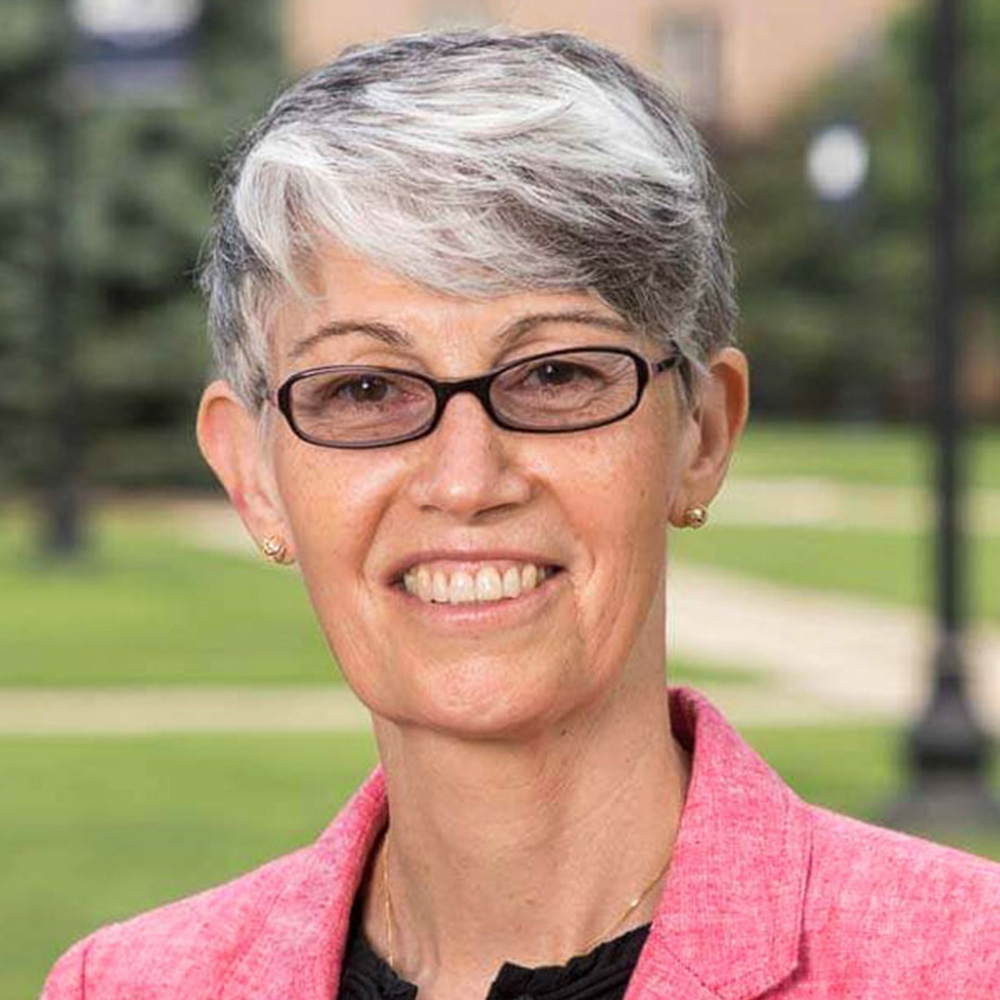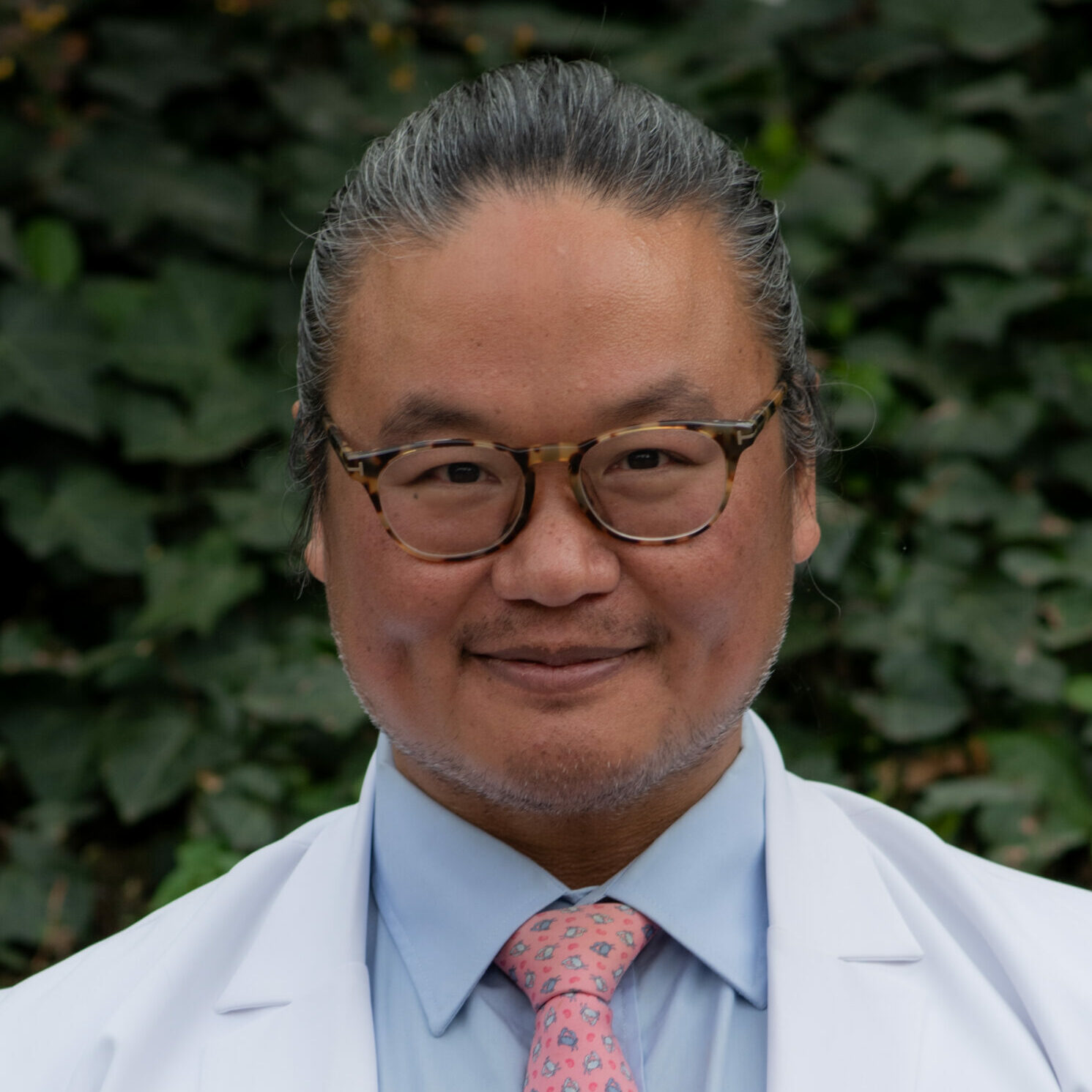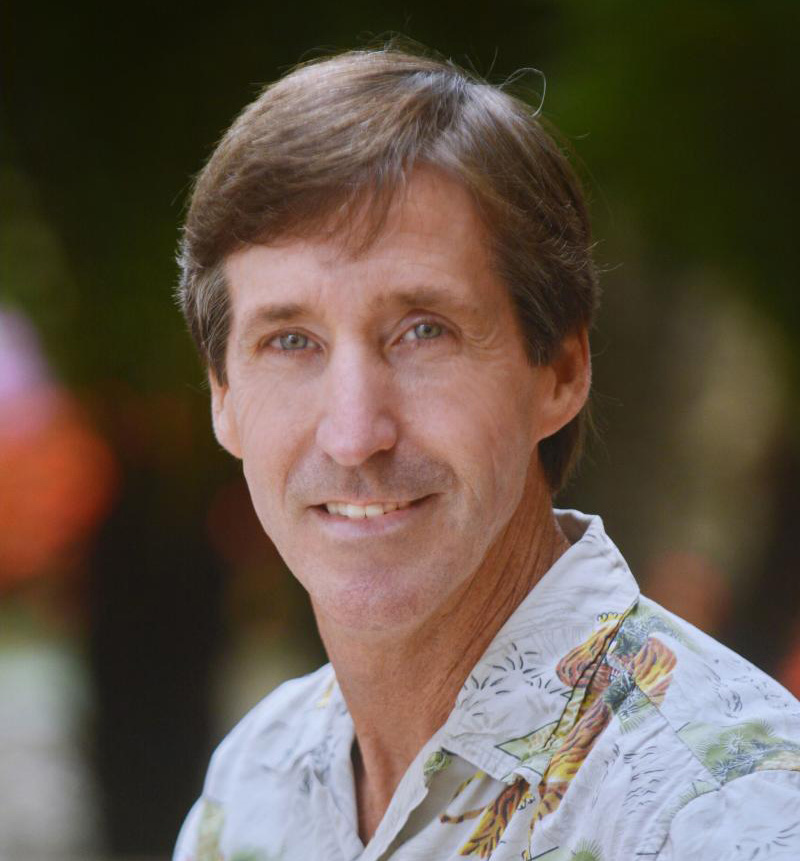Can we go beyond “repair” and help trauma survivors gain resilience for the next time danger threatens as well? Acupuncturists are skilled at diagnosing and repairing pathology, both subtle and gross. The 5 Elements illuminate the phases of the threat response and where the process goes awry and can guide us to highly effective ways to restore balance and regulation using their corresponding tissues, organs, or emotions: awaken arousal (metal), signal threat (water), mobilize a response (wood), restore coherence (fire), and digest the gristle (earth). The 5 Element model can also help trauma survivors cultivate their capacity for somatic mindfulness (metal), distinguishing discomfort from fear (water), mobilizing responses commensurate with the level of threat (wood), recognizing that the threat has passed (fire), and harvesting lessons that expand rather than contract (earth). Alaine Duncan, author of The Tao of Trauma and long-time acupuncturist with the Veterans’ Administration, shares 5 Element diagnostic and treatment strategies.
